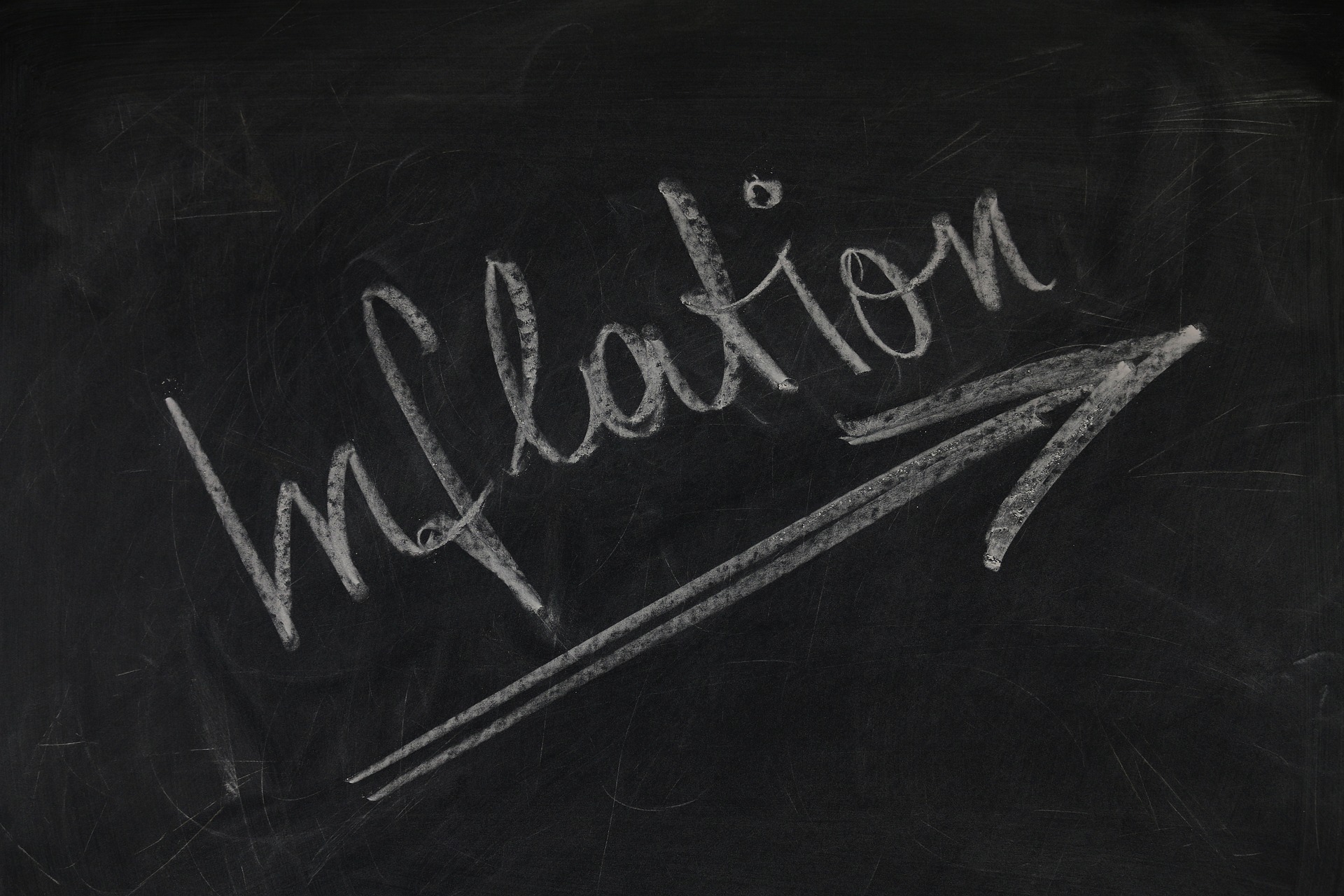
The Federal Reserve’s path to a potential interest rate cut in September has become clearer following Wednesday’s release of milder inflation data.
The Consumer Price Index (CPI) report for July showed a continued cooling of inflationary pressures, potentially removing one of the last obstacles for the Fed to begin easing its monetary policy.
According to the latest figures, the CPI increased by 2.9% over the prior year in July, down from June’s 3% annual gain. More importantly, the “core” inflation rate, which excludes volatile food and energy prices, climbed 3.2% over last year – a decrease from June’s 3.3% and the smallest increase since April 2021.
On a monthly basis, prices rose 0.2% after posting a 0.1% decline the month before.
This data has bolstered the case for a rate cut, with Nathan Sheets, global chief economist for Citigroup, declaring to Yahoo Finance, “I think this report is a green light for the Federal Reserve in September.”
The latest inflation numbers confirm a cooling trend that had briefly reversed during the first quarter of 2023. This temporary uptick had prompted the Fed to warn that rates might need to stay higher for longer. However, the subsequent moderation in inflation has put a September rate cut firmly back on the table.
Fed Chair Jerome Powell had previously indicated that a September cut was a possibility, contingent on supportive economic data. “It’s just a question of seeing more good data,” Powell stated at a press conference on July 31. “We just want to see more and gain confidence.”
The Fed’s primary goal has been to ensure that inflation is moving “sustainably” towards their 2% target. With this latest CPI report, it appears they may be getting closer to that assurance.
Market reactions to the inflation data have been swift and decisive. Traders are now betting on a 100% chance of some type of cut in September, with the odds evenly split between a 50 basis point cut and a 25 basis point cut, according to the CME FedWatch Tool.
This sentiment is echoed by industry experts like Kelsey Berro of JPMorgan Chase, who stated earlier this week, “I don’t think there’s really any debate that the Fed is cutting in September.”
However, it’s important to note that while a rate cut seems increasingly likely, the Fed will continue to closely monitor economic indicators in the weeks leading up to their meeting on Sept. 17-18 in Washington, D.C. Factors such as employment data, GDP growth, and global economic conditions will all play a role in their final decision.
If the Fed does proceed with a rate cut in September, it would mark a significant shift in monetary policy after a prolonged period that sent rates spiking to a 23-year high aimed at combating high inflation. Such a move could have far-reaching implications for borrowing costs, investment strategies, and overall economic growth.
As we approach the Fed’s September meeting, all eyes will be on incoming economic data and any signals from Fed officials. While the path seems clearer now, the exact magnitude and timing of any rate cut will depend on the Fed’s interpretation of the evolving economic landscape.
For now, this milder inflation report has undoubtedly strengthened the case for those expecting the Fed to ease its monetary stance, potentially ushering in a new phase in the post-pandemic economic recovery.
- Bulenox: Get 45% to 91% OFF ... Use Discount Code: UNO
- Risk Our Money Not Yours | Get 50% to 90% OFF ... Use Discount Code: MMBVBKSM
Disclaimer: This page contains affiliate links. If you choose to make a purchase after clicking a link, we may receive a commission at no additional cost to you. Thank you for your support!

Leave a Reply